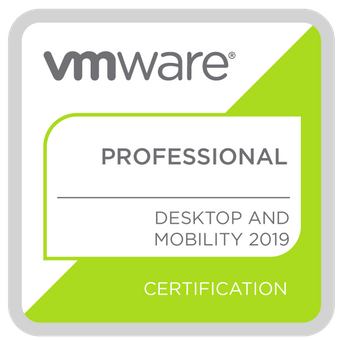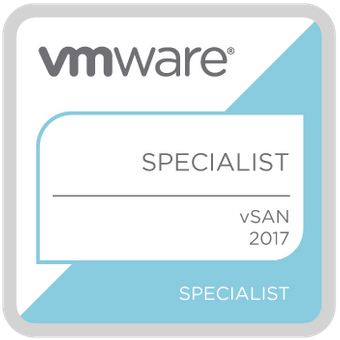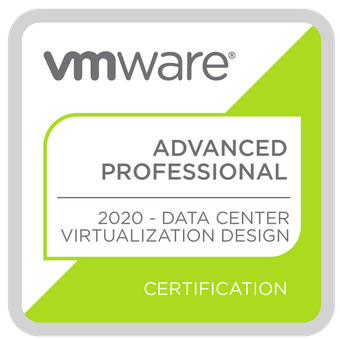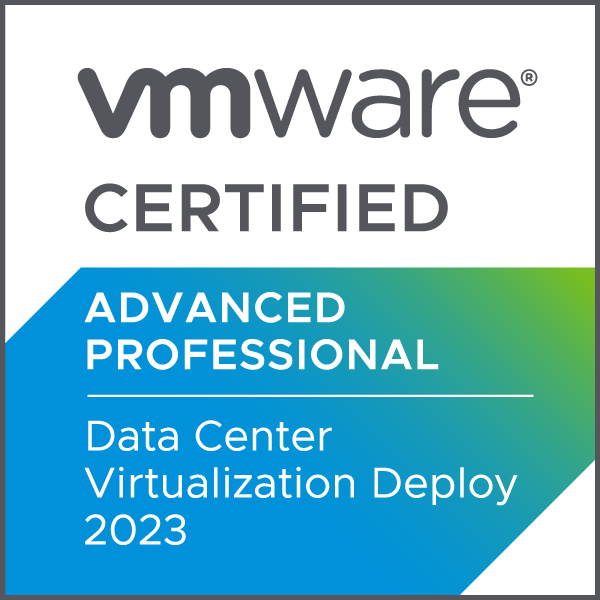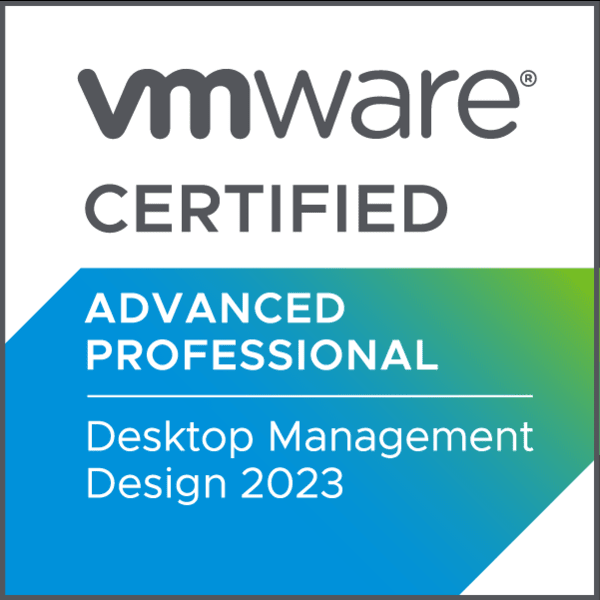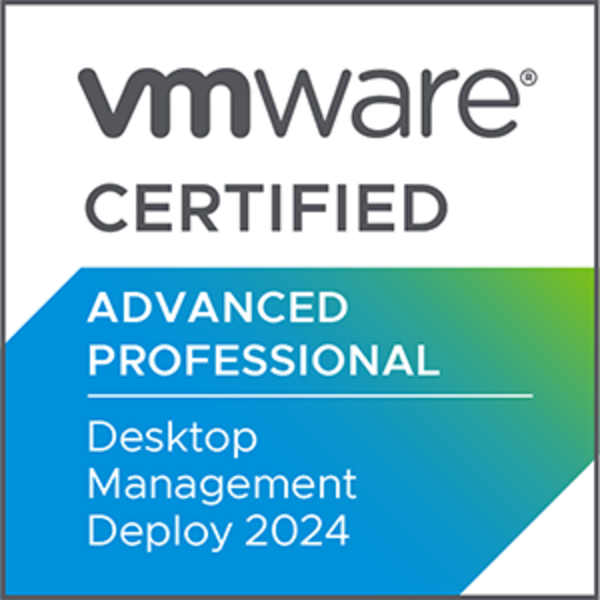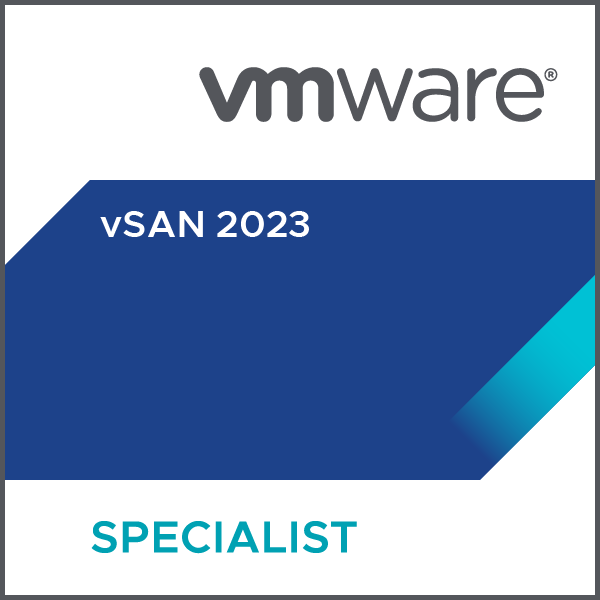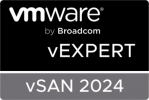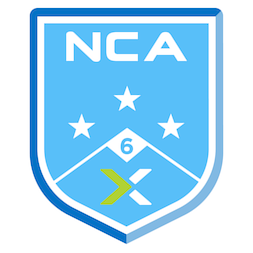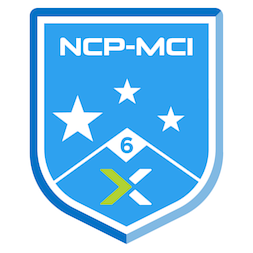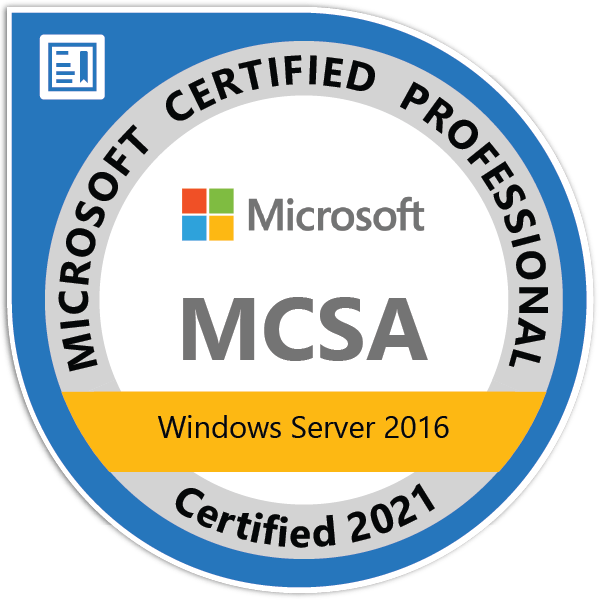VxRail, vSAN ReadyNodes, and PowerStore X!
Datacenter solutions are changing faster than ever as business development and new customer demands increase and legacy solutions are no longer suitable for today’s operations. Organizations need to develop new, modern, automated, and intelligent solutions to keep pace with business demands. One of the steps to achieving this flexibility for business continuity, capacity expansion, and disaster recovery is hyper-converged infrastructure (HCI), which transforms the traditional three-tier server, network, and storage model to simplify the deployment and management of infrastructure in the environment.
When we talk about a hyper-converged infrastructure solution, it means that you are dealing with a comprehensive solution that natively integrates compute, storage, and networking capabilities to significantly reduce IT management tasks and provide flexible infrastructure options for business development. One of the most popular HCI solutions is VMware vSAN ReadyNodes and Dell EMC VxRail. I would like to share a bit more about these solutions and their benefits and which one I personally prefer!
VMware vSAN ReadyNodes
VMware vSAN is an enterprise software-defined storage solution that supports Hyper-Converged Infrastructure (HCI) systems. vSAN reduces storage cost and complexity with enterprise-class storage virtualization software that delivers many benefits, including tight integration with vSphere. VMware’s industry-leading Hyper-Converged Infrastructure solution consists of vSphere for compute virtualization, vSAN for storage, and vCenter for virtual infrastructure management.

vSAN can be installed on any hardware that meets the requirements, or you can use the vSAN ReadyNode. vSAN ReadyNodes are servers that have been preconfigured, validated, and certified for VMware Hyper-Converged Infrastructure software.
vSAN itself is software-defined storage and not HCI, but it is part of the VMware HCI solution. It is best suited for a data center that is already using VMware and wants to introduce storage management elements into its infrastructure and use servers as shared storage. On the other hand, vSAN ReadyNodes offer the most flexible server options for building a Hyper-Converged Infrastructure based on VMware vSAN.
VxRail
VxRail is Dell’s fully integrated and pre-configured VMware Hyper-Converged Infrastructure Appliance. VxRail is a VMware vSAN-based solution, a bundle of hardware and software components that enables a hyper-converged solution to be deployed quickly and with minimal effort. It modernizes the data center and enables customers to eliminate complexity and deliver IT services quickly and easily.

VxRail Manager is the primary source for HCI lifecycle management, cluster compatibility, and version control, reducing operational complexity and enabling automation of software upgrades. VxRail Manager also provides services and support integration to help you get the most out of your VxRail appliance. In fact, the superiority of this solution over vSAN ReadyNodes lies in VxRail Manager.
PowerStore X
PowerStore X is a next-generation data storage solution from Dell Company that combines the fundamental benefits of shared enterprise storage with the capabilities of an integrated VMware hypervisor to host data-intensive and storage-hungry applications directly on the PowerStore system with a storage-based virtualization environment.
Each physical PowerStore node contains an ESXi host and a controller VM that provide the active/active redundancy functions. To ensure adequate resource availability for the PowerStore operating system, the ESXi host reserves 50% of the node’s CPU and memory for the controller VM. Therefore, you can use only the remaining 50% of the node resources for computations. Because the PowerStore platform contains two physical nodes, the controller VMs are protected by high availability (HA) by default.

Can this product be called HCI? Basically, this product cannot be considered as an HCI solution just because it offers a computing function in addition to the storage function. It is dedicated storage that you have to pay a lot of money for, and only 50% of its resources can be used for computing. It is a midrange storage product that can be beneficial for some specific applications, such as databases, to bring them closer to storage by running applications as virtual machines that run directly on PowerStore. For example, the Powerstore 1000X has 384GB of storage, which means ESXi can only access 192GB of it to host other virtual machines, and that amount of memory is not enough even for midrange organizations!
vSAN ReadyNodes or VxRail?
However, both solutions are pre-engineered Hyper-Converged Infrastructure that comes with a single support vendor but they differ in terms of setup and maintenance. As I mentioned earlier, VxRail Manager is the key! VxRail Manager streamlines provisioning, configuration, and management for easier initial setup and ongoing operation, but on other hand, if you don’t want a proprietary solution (Dell EMC) and have good experience with other vendors, vSAN ReadyNodes is also a good option, but you have to handle everything!
Dell EMC VxRail and Dell vSAN ReadyNodes
What about Dell EMC vSAN ReadyNodes? Among the other vendors, I see that Dell EMC also has vSAN ReadyNodes! What is the difference between Dell vSAN ReadyNodes and Dell VxRail? It is like vSAN ReadyNodes from other vendors, but this one is for Dell! This means that with Dell EMC’s vSAN ReadyNodes, you pay for all licenses separately from the hardware costs, such as vCenter Server, vSphere, vSAN, and you don’t have a centralized lifecycle management manager like VxRail Manager, and you have to take care of every update and maintenance, and managing and upgrading to new vSphere versions is also complicated.
With VxRail, you pay for solution licenses based on your requirements, and the software licensing package includes VxRail HCI system software for system management, operations, and automation. However, you can use the vSphere licenses you may have already purchased. The following VMware software is included in VxRail licenses:
- VMware vCenter Server
- vSphere ESXi
- vSAN
- VMware vRealize Log Insight
- vSphere Replication
Summery
Which solution is better for our organization? To arrive at a solution, you need to answer this question!
- Does your IT department have the necessary skills and time to validate, test, and upgrade the HCI environment?
- If you have a large team of experts and enough time to select the appropriate hardware and test it for compatibility, integrity with drivers and patches, and validate everything before upgrading or changing software or hardware, then vSAN is the more economical option.
- If you already have servers whose components are supported by vSAN and are on vSAN’s compatibility list, such as raid controllers, disks, network interfaces, and so on, and you plan to use shared storage without buying a central storage device and using your current servers, this is a good option, but it is complicated and requires time to configure and maintain, and it may be beyond your capabilities.
- If you have a limited budget and want to buy new servers that are compatible with vSAN and benefit from HCI, using vSAN ReadyNodes is a good option. With vSAN ReadyNodes, you can choose the hardware of your choice, and the vendor covers both the hardware and HCI support.
- If you have the budget and want fewer hassles with management, automation, and upgrades, there’s only one option: Dell EMC VxRail. With a few clicks and inputs, you can set up an HCI environment in minutes. Validation of hardware, software, drivers, firmware, etc. has already been done by Dell EMC and will be done in the future, so you don’t have to worry about the future vSphere version.
I may not have listed all the factors, but I have tried to give a short answer and cover what is important.


